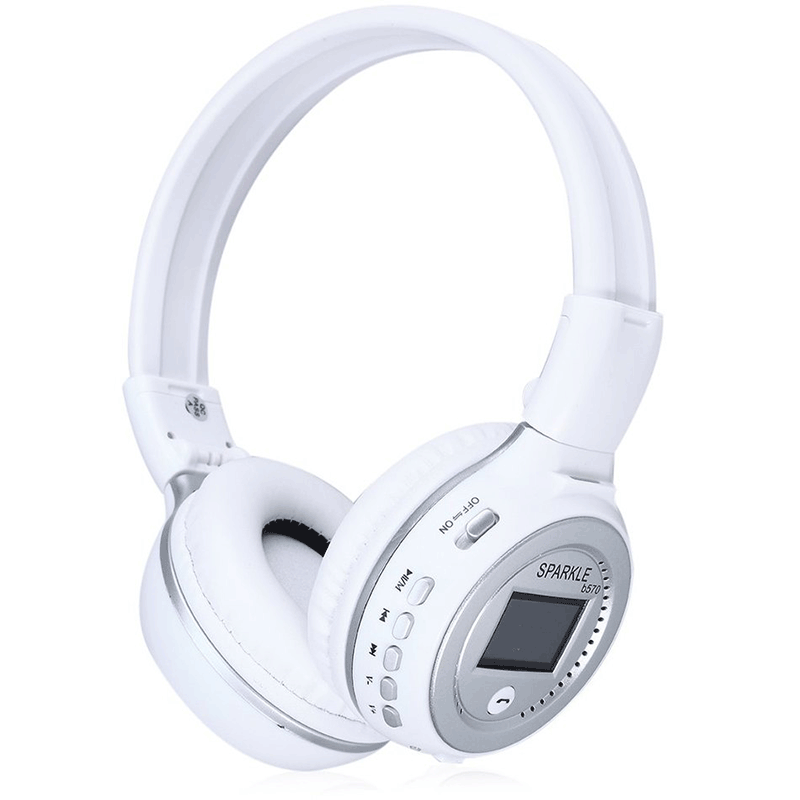Due to advances in LED technology , LED applications are becoming more diversified. However, since only 15 to 20% of the input power of high-power LEDs is converted into light, the remaining 80 to 85% are converted into heat. If these heats are not discharged to the outside world, then The LED chip interface temperature will be too high, which will affect the luminous efficiency and luminous lifetime.
With the continuous evolution of LED materials and packaging technology, the brightness of LED products is continuously improved, and the application of LEDs is becoming more and more widely. The use of LEDs as backlights for displays is a hot topic recently, mainly due to different kinds of LED backlight technologies. The color, brightness, life, power consumption and environmental appeal are more advantageous than the traditional cold cathode tube (CCFL), which attracts the active investment.
The initial single-chip LEDs were not very powerful, had limited heat generation, and had little thermal problems, so the package was relatively simple. However, with the continuous breakthrough of LED material technology in recent years, the packaging technology of LED has also changed. From the early single-chip gun-type package, it has gradually developed into a flat, large-area multi-chip package module; its operating current is from early 20mA. The low-power LEDs on the left and right have progressed to the current high-power LEDs of 1/3 to 1A. The input power of a single LED is as high as 1W or more, and even the 3W and 5W package modes are more evolved.
Since the heat problem caused by the high-brightness and high-power LED system will be the key to affecting the function of the product, to quickly discharge the heat generated by the LED component to the surrounding environment, it is necessary to start with the thermal management of the package level (L1 & L2). At present, the industry practice is to reduce the thermal impedance of the package module by using a solder or a thermal paste on a heat spreader. This is also the most common LED package module on the market, mainly from Lumileds. LED internationally renowned manufacturers such as OSRAM, Cree and Nicha.
Many terminal applications, such as mini projectors, automotive and lighting sources, require more than a thousand lumens or tens of thousands of lumens for a given area. Single-chip package modules are clearly inadequate. Going to the multi-chip LED package and directly bonding the chip to the substrate is a future development trend.
The heat dissipation problem is the main obstacle in the development of LEDs for lighting objects. The use of ceramic or heat pipes is an effective way to prevent overheating. However, the heat management solution increases the cost of materials. The purpose of high-power LED heat management design is to effectively reduce R junction-to-case is one of the material-based solutions that provide heat dissipation from the chip, providing low thermal resistance but high conductivity, allowing heat to be transferred directly from the chip through die attach or hot metal methods. The outside of the package housing.
Of course, the heat dissipation components of LEDs are similar to the heat dissipation of CPUs. They are mainly air-cooled modules composed of heat sinks, heat pipes, fans and thermal interface materials. Of course, water cooling is also one of the thermal countermeasures. In the current hottest large-size LED TV backlight module, the 40-inch and 46-inch LED backlights have input powers of 470W and 550W respectively, 80% of which are converted into heat, and the required heat dissipation is about 360W and 440W or so.
So how do you take this heat away? At present, there is water cooling in the industry for cooling, but there are doubts about high unit price and reliability. It is also useful to use heat pipes with heat sinks and fans for cooling. For example, the 46-inch LED backlight LCD TV of Japanese manufacturer SONY, but the fan consumes power and Problems such as noise still exist. Therefore, how to design a fanless cooling method may be an important key to determine who will win in the future.
The Bluetooth headset is to apply Bluetooth technology to the hands-free headset, so that users can avoid the annoying wires and easily talk in various ways. Since the advent of the Bluetooth headset, it has been a good tool for mobile business people to improve efficiency.The electromagnetic wave of the Bluetooth headset is much lower than that of the mobile phone. When you talk on the phone, you only need to put the mobile phone in your briefcase or in your pocket, and put on the Mini Bluetooth Headset to talk easily. It is not necessary to raise your hand high, and it can effectively reduce the influence of electromagnetic waves on the human body.

Bluetooth Headphone,Customize Headphone,Call Center Headset,Mini Bluetooth Headset
Shenzhen Linx Technology Co., Ltd. , https://www.linxheadphone.com